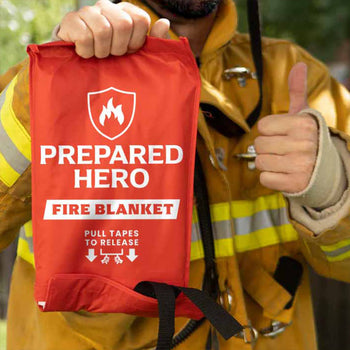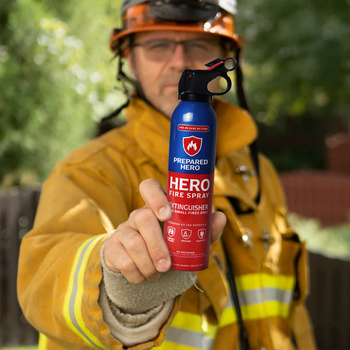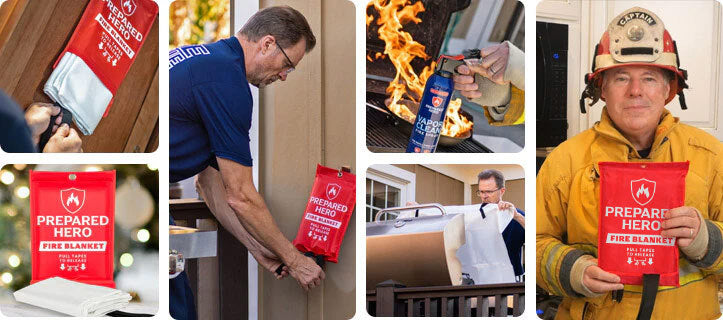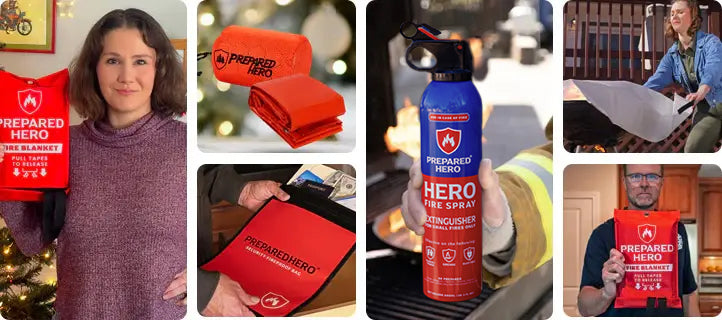Where you put your smoke detectors matters just as much as installing them. Proper placement makes sure they can detect...
Thousands of homes are destroyed by fires in the US each year. The damages affect not only houses but families and communities as well.
One of the best ways to prevent fires is doing regular inspections to identify and address potential fire hazards at home. In this post, we'll walk you through how to inspect your home for fire hazards― from checking for structural damage to inspecting storage areas.
Inspect Your Home for Fire Hazards in 5 Steps
Here's how to examine your house for fire hazards:
1. Check for structural damage.

First, check for structural damage. Cracks in walls, floors, and ceilings make it easy for fire to spread in your house.
You should also inspect the areas around doors, windows, and chimneys since they're common spots for structural damage. If you see any damage, call a professional and make the necessary repairs immediately.
2. Inspect electrical, heating, and plumbing systems.

Heating appliances and faulty electrical wiring are common culprits behind residential fires.
So, regularly check your house's wires, outlets, and appliances for signs of wear and tear. If you have a central heating system, have it serviced at least once a year by a professional. Additionally, if you have fireplaces or wood ovens, make sure they're regularly cleaned and serviced at least once a year.
3. Check flammable fluids or liquids in storage.

Many items we use in the house, like cleaning supplies and paint, are flammable. They're significant fire hazards if not stored properly.
So, inspect your house for any flammable fluids or liquids and make sure to store them in a cool, dry place away from direct sunlight and heat sources. Remember to keep them in their original containers and seal the lids to prevent leaks.
4. Beware of common risks in the kitchen.

Residential fires are more likely to happen in the kitchen than any other room in the house. Plus, cooking or grease fires account for 49% of fires.
Check for curtains, rags, or paper towels near heat sources like the stove or oven. If you have a built-in microwave, make sure it's not surrounded by clutter and the vents aren't obstructed.
Plus, if you don't have a fire extinguisher or fire spray, get one for when something ignites while you're cooking.
5. Don't skip the basement, garage, and other storage areas.

We often overlook basements, garages, and other storage areas when checking for fire hazards. However, they pose fire risks.
So, check the areas for clutter, which can fuel fires and obstruct you from escaping. Make sure that stored items are organized and kept away from heat sources. You should also check for signs of water damage or leaks, as these can lead to electrical hazards and mold growth, which can contribute to fire risks.
Conclusion
Preventing house fires starts with thoroughly inspecting your home to identify and address potential fire hazards. By following the steps outlined above, you can reduce the risk of a home fire and protect your family and property from harm.
Get double the prevention by having a fire safety kit, which includes a fire spray, fire blanket, fire protection gloves, and a smoke mask. Don't wait until it's too late— stay safe by getting fire prevention tools from Prepared Hero now!


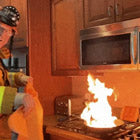 Fire
Fire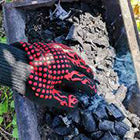 Safety
Safety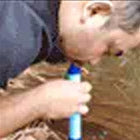 Survival
Survival Protection
Protection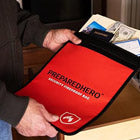 New
New
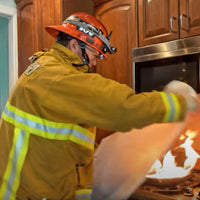 Fire
Fire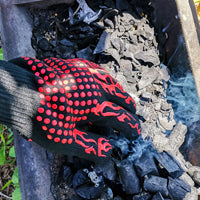 Safety
Safety Survival
Survival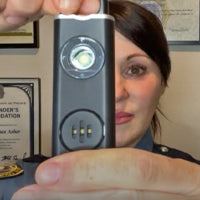 Protection
Protection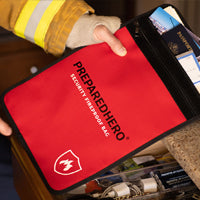 New
New
